Mangal is a versatile and Unicode-based OpenType font explicitly designed for the Indic script Devanagari. Created by renowned designer Raghunath Joshi and developed by Microsoft, it first debuted in 2001.
Users widely employ Mangal in UI fonts, as it supports languages like Hindi, Sanskrit, Marathi, Nepali, Punjabi, and other Indic scripts. The font contains TrueType outlines, making it both legible and ideal for various digital applications.
Mangal Font Live Preview Customizer:
Hello World!
Note: Download Only for Practice or Personal Use.
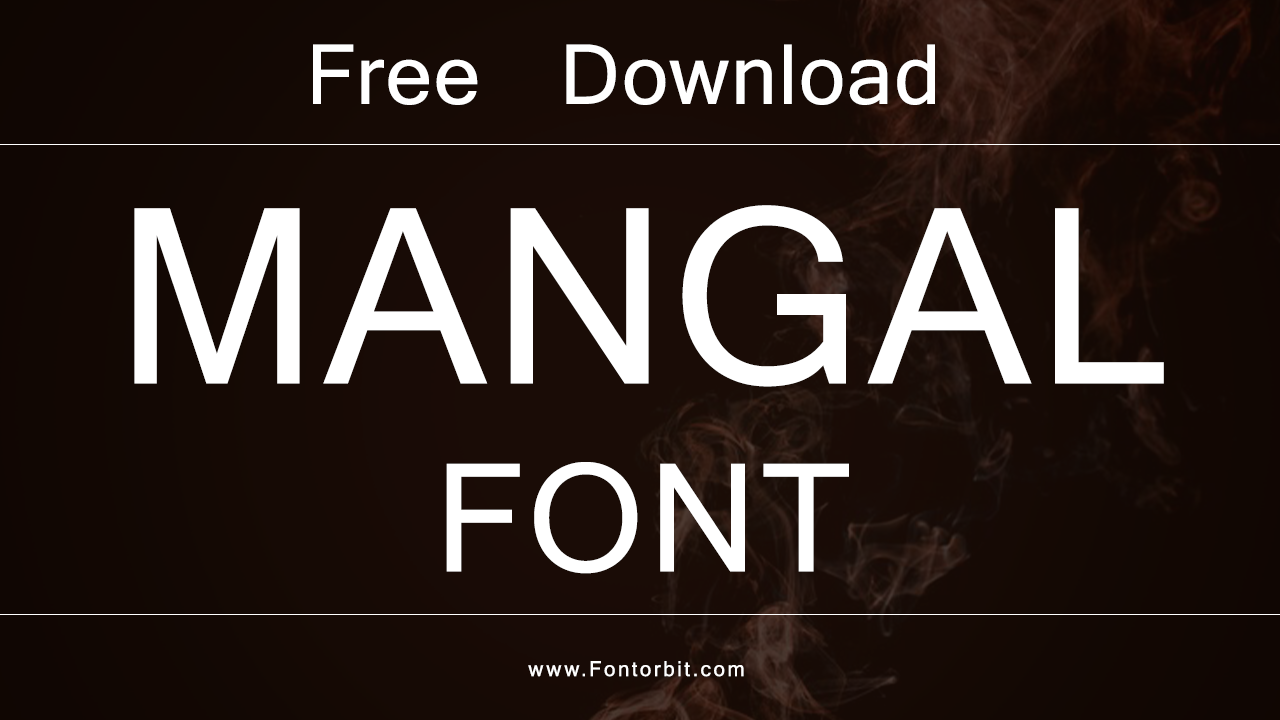
Mangal Family Includes
The Mangal font family offers clean, legible fonts designed for different applications. It includes the following styles:
- Mangal Regular
- Mangal Bold
These styles are part of a two-font package and are available for purchase. The fonts maintain consistency across different devices, making them suitable for various display purposes.
Mangal Font Info Table:
| Name: | Mangal Font |
| Available File | Mangal-Regular.ttf |
| Format: | ttf |
| Files Count: | 1 |
| Size: | 140 KB |
| Style: | Sans-serif |
| License: | Practice/Personal Use Only |
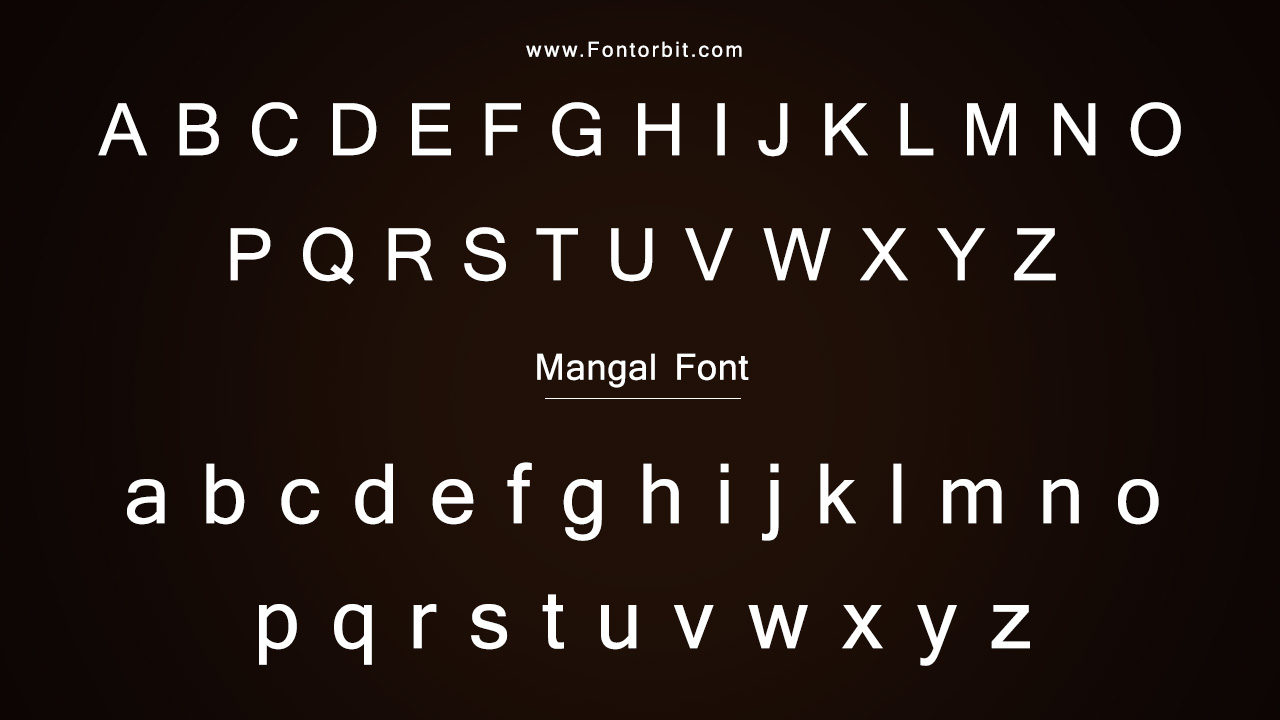
Notable Uses Of Mangal Font
The Mangal font is commonly used in contexts requiring the Devanagari script. Its clarity makes it a popular choice for:
- User Interfaces (UI) for Devanagari-script-based languages
- Official documents in Hindi, Marathi, and Nepali
- Educational materials and textbooks
- Print and digital publications
- Websites and blogs aimed at Indic language audiences
Where Should I Use This Font?
Mangal is highly suitable for environments where readability and script accuracy are essential. This makes it ideal for:
- Government documents
- Mobile and web applications using Indic languages
- Academic materials
- Headings and subheadings in print media
- User Interface (UI) for multilingual platforms
Similar Font Options
If you’re looking for free alternatives to the Mangal font, here are a few options:
- Lohit Devanagari
- Samyak Devanagari
- Nakula
- Sahadeva
Mangal Font Character Map:
| A | B | C | D | E | F | G | H | I | J | K | L | M |
| N | O | P | Q | R | S | T | U | V | W | X | Y | Z |
| a | b | c | d | e | f | g | h | i | j | k | l | m |
| n | o | p | q | r | s | t | u | v | w | x | y | z |
| 0 | 1 | 2 | 3 | 4 | 5 | 6 | 7 | 8 | 9 | |||
| . | , | : | ; | @ | # | ! | - | / | ? | < | > | |
| & | * | ( | ) | [] | $ |
Last Words
Mangal is a robust font for anyone needing to work with the Devanagari script. Its wide usability in UI and various digital and print formats makes it a highly versatile option. If you are looking for clean, easy-to-read fonts for your Devanagari-based content, Mangal is a top choice. Additionally, free alternatives like Lohit and Samyak can offer similar features without a purchase.
FAQs
1.What Is The Mangal Font?
Mangal is a Unicode-based OpenType font developed by Microsoft that was designed for the Devanagari script.
2.Is Mangal Font Free?
Mangal is not free; it is available for purchase, although some applications and operating systems may include it.
3.What Scripts Does Mangal Support?
Mangal supports Indic scripts, particularly Devanagari.
4.Where Can I Use Mangal Font?
Mangal is ideal for UI, print, and digital applications, particularly those that require Devanagari script.
5.Can Mangal Be Used For Web Design?
Yes, Mangal can be used for web design, particularly for sites aimed at Indic language speakers.
6.Is Mangal Available In Microsoft Office?
Yes, Mangal is included in Microsoft Office applications.


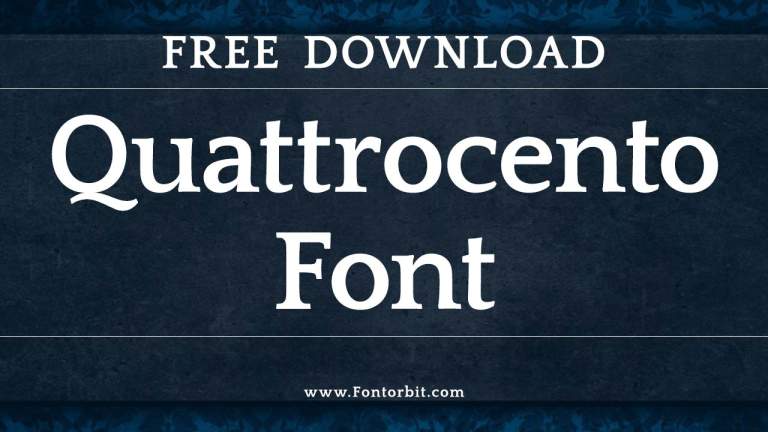
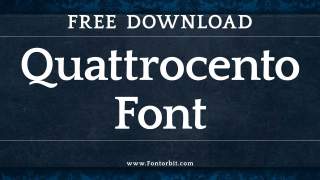





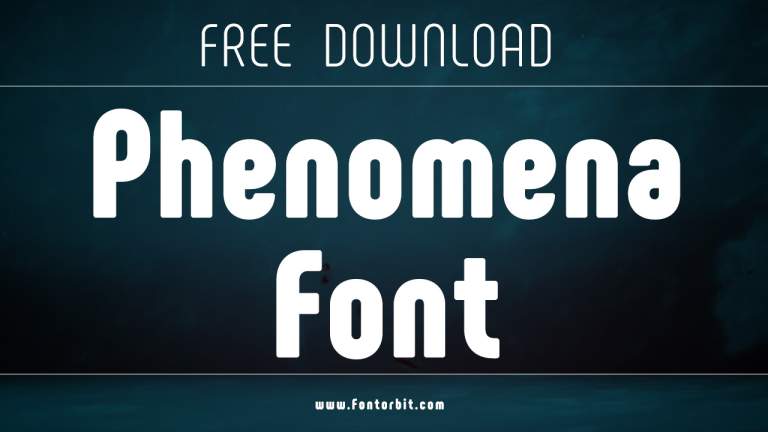
Leave a Comment